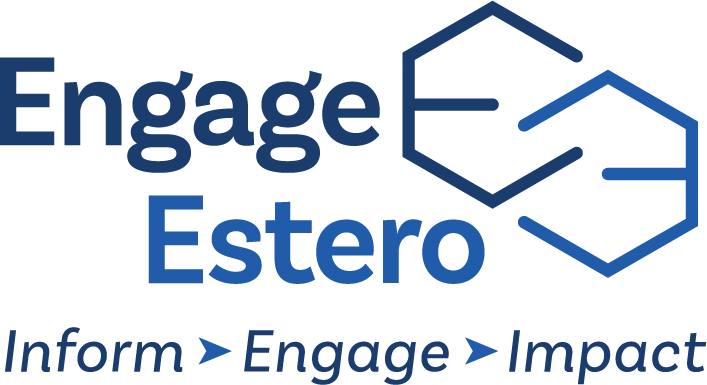Estero Fire Rescue, San Carlos Park Fire Protection and Rescue Service, and Bonita Springs Fire Control & Rescue District have an agreement for “Closest Unit Response”. This means if an Estero Fire Rescue unit is closer to an incident call in the Vines, they will...
No such thing as a healthy tan.
As we continue to be concerned about the high temperatures being recorded across the USA and Europe, Engage Estero’s management team would like to remind you of the continued need for caution when outside in the sun not just from dehydration and heat stroke, but from the harmful effects on your skin.
by Engage Estero’s Health Council and Communications Committee
There is no such thing as a healthy tan, according to a dermatologist who treats hundreds of cases of skin cancer every year. One in five Americans will develop skin cancer in their lifetime. It is estimated that approximately 9,500 people in the U.S. are diagnosed with skin cancer every day. The damage is caused by overexposure to ultraviolet radiation, or UV, produced by the sun. Remember, prevention is better than a cure!
An examination of Medical Expenditure Panel Survey data suggests that each year, about 6.1 million adults are treated for basal cell and squamous cell carcinomas. In 2018 in the United States, 83,996 people were diagnosed with melanoma, and 8,199 people died of melanoma. The latest numbers for the USA are 97,610 new melanomas will be diagnosed (about 58,120 in men and 39,490 in women).

By making sun safety a habit, people can avoid sunburn and reduce their risk for melanoma.
A “Healthy Tan” Does Not Exist
Dr. Rachel Abbott, consultant dermatologist at the University Hospital of Wales in Cardiff, said: “There is such thing as a healthy fake tan. But unfortunately, to induce tanning in the skin, you have to induce damage to the DNA in your skin cells. “So, there’s no way of getting a healthy tan from the sun or from a sunbed.”
Too much UV exposure can lead to tanning, sunburn, premature ageing and eye damage. It is also the main cause of skin cancer. We cannot see or feel UV and it does not have to be hot for UV levels to be high – we can still burn when it is cloudy.
Medical professionals are particularly concerned about UVB and UVA, two parts of the UV spectrum. Dr Abbott states, “We know that they can cause damage to the cells in our skin which can accumulate over time. And as our immune systems become less effective as we get older, then the risk of skin cancer increases,” While some sun exposure is needed to get vitamin D, which helps maintain strong bones, it does not mean people need to stay out in it for hours, 15 to 30 minutes is usually sufficient.
We can also still get the benefits of vitamin D when wearing a high-factor sun cream. Dr Abbott said two tablespoons (30ml) is the recommended amount to cover your body. “If you don’t have a tablespoon with you, you can just put sunscreen on your two fingers and then apply. That should be enough for your whole body. For the head and neck, it should be a teaspoon,” she said. Dr Abbott said factor-30 protection blocks about 97% of UVB rays if applied appropriately, whereas factor 50 blocks about 98%. “So, it’s actually very little difference. The key thing is to make sure that you put enough on.”
Engage Estero would like to impress on all our residents the need to continue to think carefully when going out in the sun for long periods of time: Wear a hat, apply at least 30 spf sunscreen, and reapply if out for several hours. Continue to see a dermatologist for regular check-ups every 6 months. Enjoy the summer months and stay safe!
Be Informed,
Get Engaged,
and Make an Impact!













